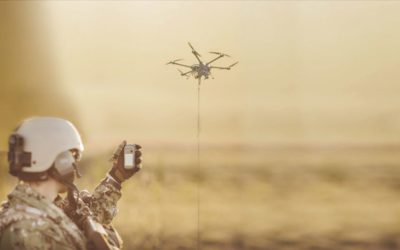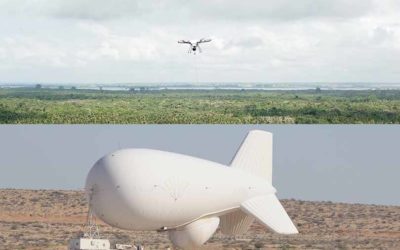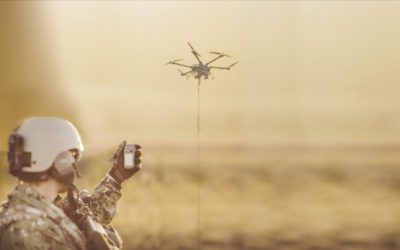Drones for Communication: Feedback from Federal Resources and Omega Dev Group
Elistair Team
2 minutes
In this Webinar, Blair Hickey and Mark A Stone, two experts in Tactical telecommunications from the United States and Australia, share their experience with the use of tethered drones as tactical aerial telecommunication relays.
The use of tethered drones for communication
The two seasoned special operations communicators from Federal Resources and Omega Dev Group, share their expert points of view about the use of tethering drones as a variable antenna to increase the operator’s effectiveness and capabilities. They also talk about ground clutter and explain how can an elevated antenna reduce its effects. This phenomenon refers to unwanted echoes in electronic systems, particularly in reference to radars typically returned from the ground which happens for both natural or man-made reasons such as buildings, vehicles, and trees, and can cause serious performance issues with radar systems.
Mark and Blair then focus on the logistic advantages of tethered drones compared to traditional masts. They describe how the traditional masts can be labor-intensive and take a high logistic footprint while illustrating the capabilities of tethered drones that require less equipment, less training, and are logistically easier to maintain and operate in the field.
Tethered drones are easier to move around and manipulate.”
They also share their opinion about the key differences between tethered drones and other equipment such as balloons and aerostats, pointing out the flexibility, weather tolerance, and intelligence of the tethered UAS and the tethering stations.
The last part of the webinar was the occasion to clear up the safety-focused architecture of the Orion 2, and to answer participants’ questions related to the benefits of tethering systems in tactical communication, line of sight of the UAS, and flight durations.
Watch the full Webinar to learn more about the use of tethering systems in tactical communications.




